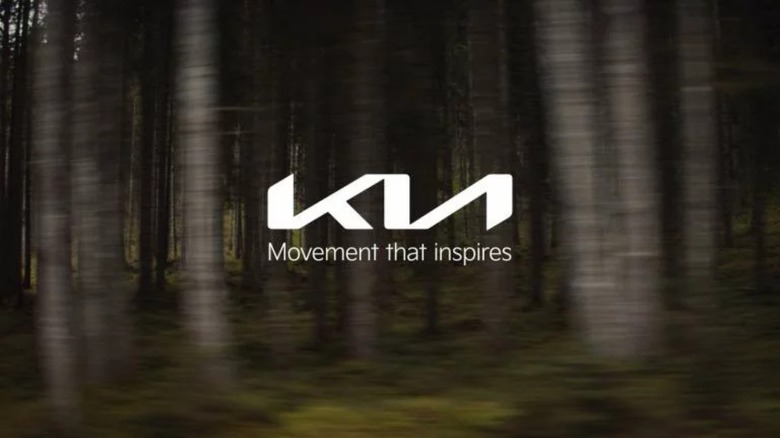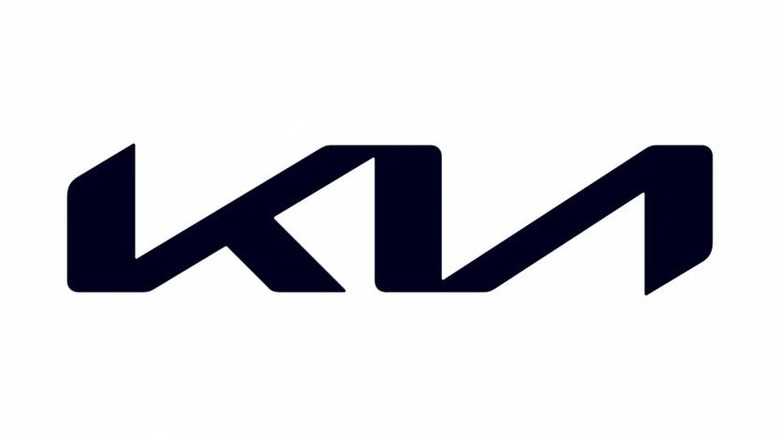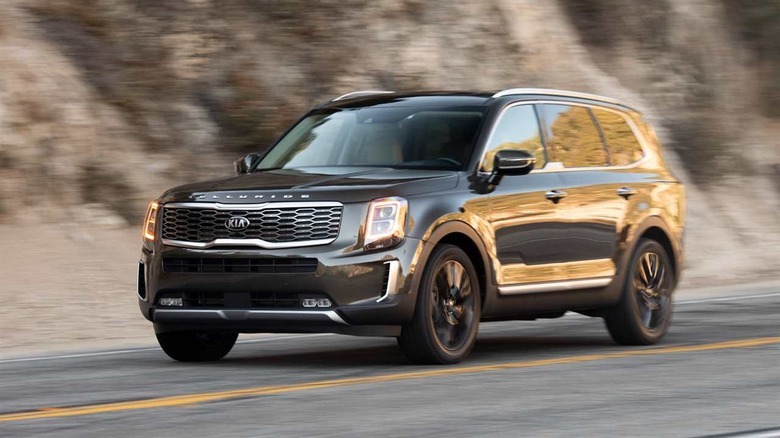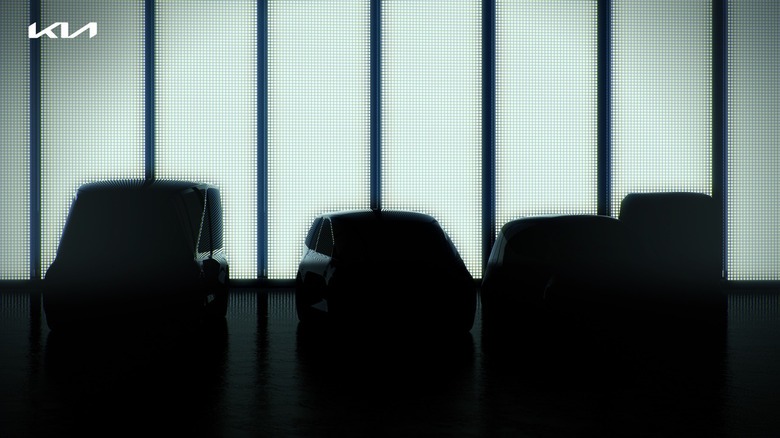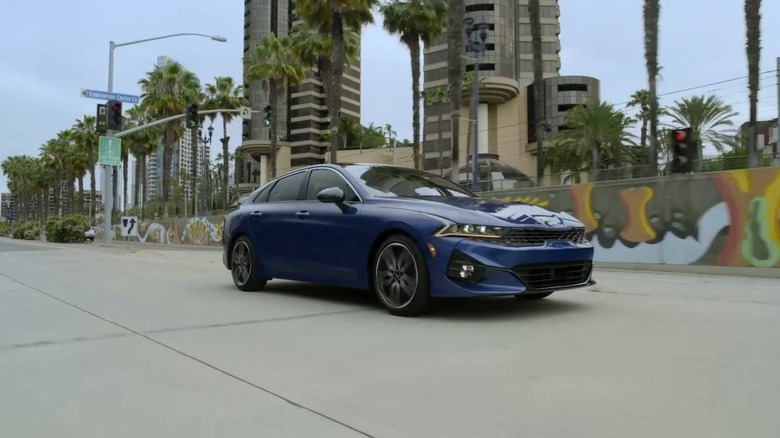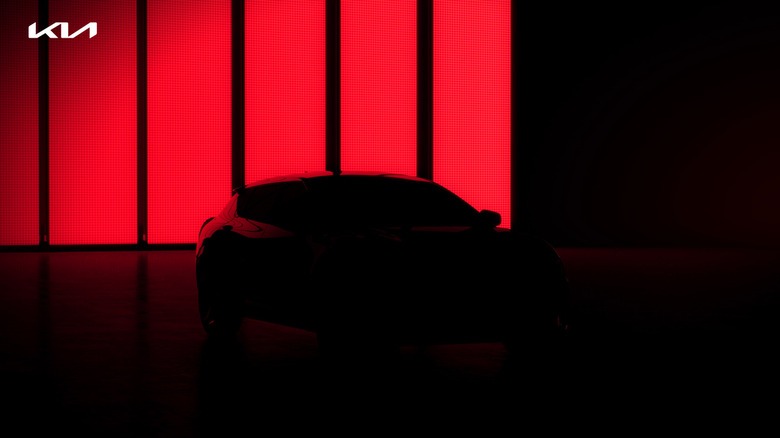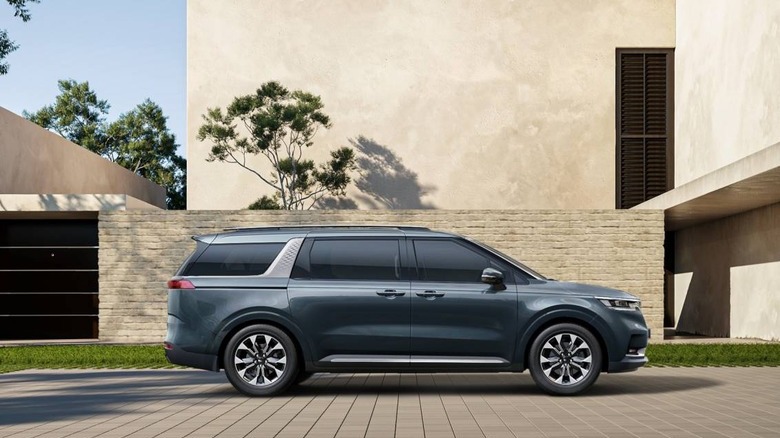Movement That Inspires: Kia's New Logo And Brand Strategy Aims For The Future
Kia is reinventing its brand strategy and corporate mission with a literal bang. Most recently, Kia presented its new logo to the world by commissioning a world-beating fireworks display, an innocuous message of the brand's promise in solidifying its presence in the ever-changing automotive industry.
Kia is also dropping 'Motors' from its corporate name as the brand transitions from a manufacturing-driven business model to creating new and exciting mobility products and services to its future customers. "Removing the 'Motors' from Kia's corporate name shows our commitment to our long-term plan and business strategy," said Ho Sung Song, Kia's President, and CEO. "Kia wants to create sustainable mobility solutions for consumers, communities, and societies around the world."
Unsurprisingly, Kia has a new slogan accompanying its new logo. For many years, Kia vehicles have proven their 'Power to Surprise' slogan by offering value-driven products across its lineup. Now, Kia's new 'Movement that Inspires' motto is clearly aiming for the future. "We want to go from being a company that people work for to a company that people feel inspired to work for," said Artur Martins, Head of Global Brand & Customer Experience at Kia. "Consumers don't relate themselves with brands only because of the products, but are based on the experience they have when they buy the car and when they own the car, so those two elements are critical for our future."
The desire to move and attract new ideas is reflected in Kia's new logo, which drew its fair share of criticisms and praise upon launch. I like the new logo, and it bodes well with Kia's new brand identity headlined its latest offerings, including the award-winning Telluride SUV and K5 sedan. I'm also keen on driving the new Carnival minivan (previously known as the Sedona), which Kia confirms will be the first in North America to brandish Kia's fresh and modern logo.
"We designed the logo around two basic principles. The first is symmetry that symbolizes a sort of stability and confidence that we have towards the future," said Karim Habib, Head of Kia Global Design. "The second principle is the rising gesture that you see on the K and on the A, meant to symbolize a rise in what we want to achieve with the brand and what we provide in terms of the brand experience to our customers in the future."
However, the first global model to bear Kia's brand spanking new logo will be an all-electric crossover riding on a shared E-GMP platform with Hyundai's Ioniq 5 crossover EV. Kia is planning to launch seven new all-electric vehicles by 2027 in an attempt to grab a 6.6-percent share of the global BEV market by 2025.
According to Kia, it's next-gen electric vehicle will debut in the first quarter of 2021, promising over 310 miles (500 kilometers) of range and high-speed charging in under 20 minutes. Additionally, Kia is diversifying its core business to create eco-friendly mobility solutions in strategic regions worldwide.
The brand is currently developing a new lineup of Purpose-Built Vehicles (PBVs) for corporate clients. This segment is expected to grow five-fold by 2030, fueled by rapid demand in the e-commerce and car-sharing industries. Early last year, Kia and parent company Hyundai teamed up with California-based EV startup Canoo in developing an all-electric platform for future EVs. The collaboration aims to create a fully-scalable, all-electric platform that can be utilized for anything from purpose-built vehicles (PBV) to small electric vehicles for full-scale production.
"The new Kia is undergoing a full transformation to deliver meaningful experiences, products, technologies, and design that are all focused on you – our customers," said Kyungmi Lee, Head of Marketing Communications at Kia. "From now on, every time you encounter a new element of the Kia brand, we want you to be inspired."
Kia has come a long way from manufacturing steel tubing and bicycle parts to partnering with Ford in producing Mazda-based vehicles like the Kia Pride (also known as the Ford Festiva or Ford Aspire in other markets) in 1986. After declaring bankruptcy amid the Asian financial crisis in 1997, Hyundai acquired 51-percent of Kia to outbid Ford. At the moment, Hyundai owns a one-third stake in Kia and remains the brand's largest stakeholder, although Kia retains ownership in more than 20 Hyundai subsidiaries.
After wowing the automotive landscape with its newest offerings, I'm expecting bigger and brighter things for the new Kia brand, particularly the 2022 Carnival minivan arriving this summer. The Carnival is ushering the Grand Utility Vehicle (GUV) segment with minivan-levels of space, comprehensive luxury features, and bold styling reminiscent of larger seven-seat SUVs. "We want Kia to represent what we want to be as a brand and how we want to transform as a responsible mobility provider in the future," concludes Martins.
